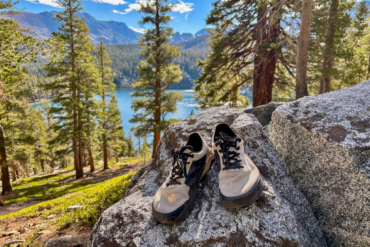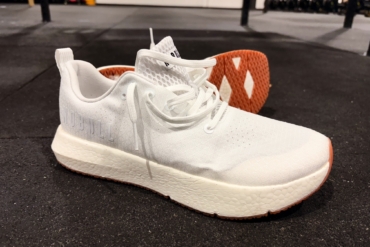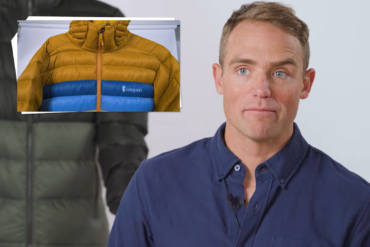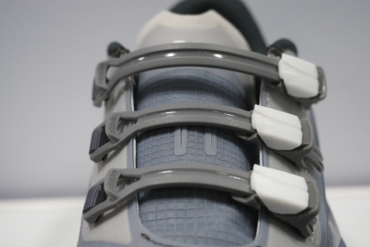
Steep, stony downhills are a regular part of Rocky Mountain trail running. It’s a type of terrain that takes a toll on feet as runners try to make up for slow climbs with long, screaming fast descents.
I followed this theme on the three-day TransRockies Run, a stage race in Colorado last month. On the final day, 10 miles into a 24-mile route, I rocketed down-mountain glad to be wearing a solid trail shoe from New Balance.

The New Balance Minimus 1010v2 hit the market last month for $110. The protective but thin-sole shoes are designed to promote a natural stride while reducing the impact of sharp rocks and rough terrain.
At the TransRockies, the descents were strewn with babyheads (a perfectly descriptive name for the loose round rocks) and gravel. I ran fast on these trails, hitting speeds up to a 5-minute-per-mile pace on the fastest descents.
The Minimus line promotes natural foot motion, not a controlled gait. The 1010v2 in particular has a low stack height but is a fairly aggressive and tough shoe — I landed regularly on sharp-edged rocks and roots but the thin, tough sole ate up the impact.
A sole of honeycomb-pattern pods allow for flex. Each rubber pod has an aggressive tread pattern that provides secure traction on loose surfaces and rock.
Sandwiched in the forefoot of the midsole is a stiff TPU film plate. Coupled with a thin foam midsole the shoe provides a lot of protection with little material. The system is effective in spreading the impact of sharp rocks to deaden the blow.
A size 9 men’s shoe weighs in at 8.5 ounces each. Not crazy light but certainly not heavy. Indeed, many trail-running shoes could be 5 ounces heavier a foot. That adds up over a long run.
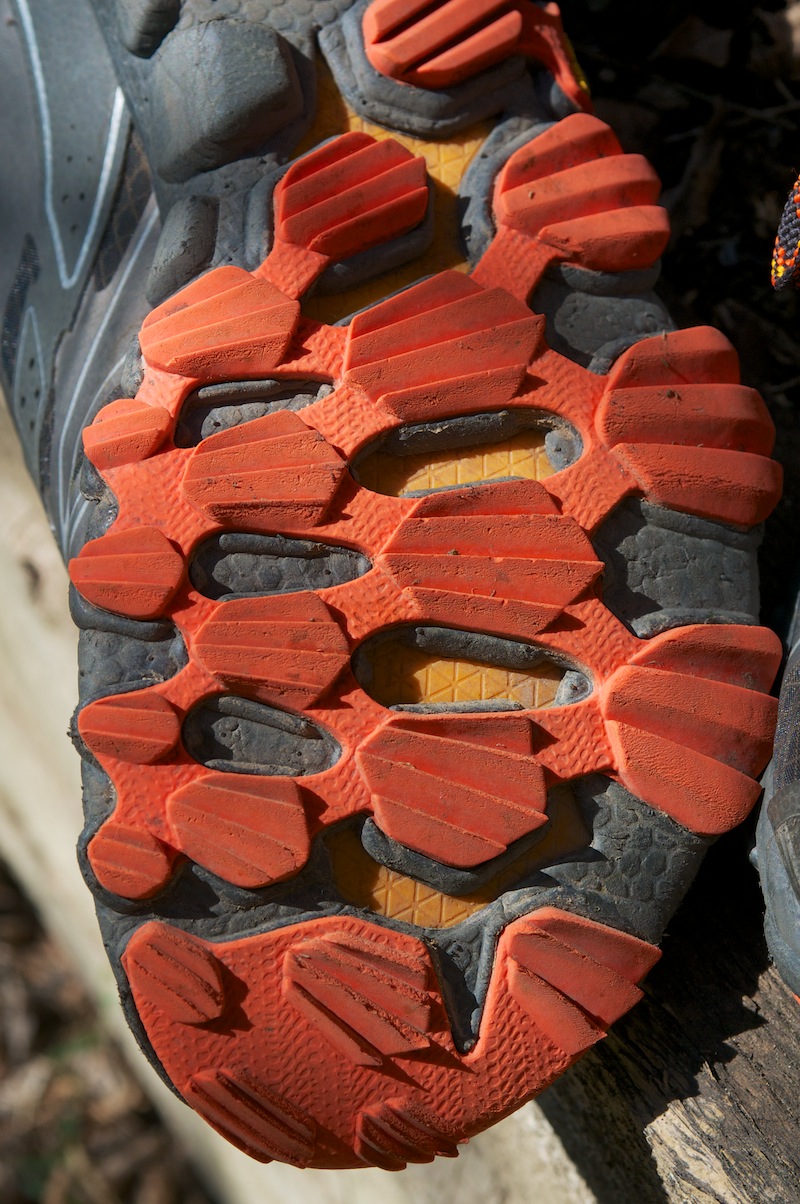
The shoe is very similar to the first version of the 1010 Trail with the exception of the upper, which has been redesigned for better durability. This should be welcome news for runners who knew and loved the 1010 model. (I am one of them; I reviewed of the original 1010 here.)
The first edition, while an extraordinary trail shoe, had a durability problem. I blew through my first pair in 120 miles.
Version No. 2 seems to solve this issue… (continue review on page 2)

